Last updated on 09 December 2025.
If you love movies, you must be familiar with IMAX. Nowadays, you can see an IMAX logo on almost every major movie poster. And our cinema industry has started catching up with this cutting-edge technology. Let’s take a look at how it all began, along with a list of all Indian films released in IMAX.
A Brief History of IMAX
IMAX began as a big-format film and projection system in 1970. For a long time, it was just a nice attraction slowly building movie theatres around the world, with special nature and space documentaries.
But in the early 2000s, Hollywood began to understand the power of this technology. IMAX started releasing many old popular movies like Star Wars Episode II – Attack of the Clones, Apollo 3 in their theatres.
What they actually did was use DMR: Digital Remastering. IMAX has their own proprietary DMR process that up-converts conventional movies to look better on its giant screen.
Then, they released remastered versions of The Matrix Revolutions, Spider-Man 2, Superman Returns, Harry Potter and the Order of the Phoenix, etc.
This went on for a while until Christopher Nolan decided to take matters into his own hands. He brought 15/70mm IMAX film cameras to the film production. Nolan shot some scenes of The Dark Knight (2008) with these state-of-the-art cameras, making it the first film to be shot in IMAX.
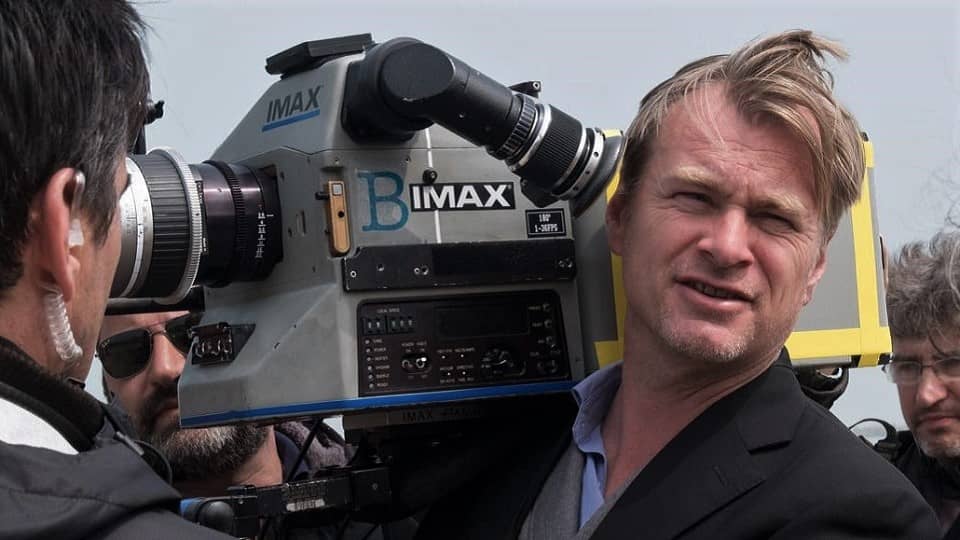
And that started a new era!
Watching such movies on a giant IMAX screen with a taller 1.43:1 aspect ratio and crystal-clear sharpness was an experience of a lifetime. India also once had many 70mm IMAX. This was a way a movie should be made, going one.
Still, most movies were still just shot normally and converted with DMR technology for presentation in IMAX theatres.
This is because those 15/70mm film cameras Nolan used are expensive and difficult to use. Then, they had to be converted into physical prints to be sent to movie theatres. It was a costly and time-consuming process.
This was happening at a time when Digital technology was becoming the norm. Movies were now shot with digital cameras, and cinema chains also started adapting digital projectors.
So, IMAX also moved to Digital. This became an affordable option for filmmakers worldwide, including India. These are usually made in a 1.90:1 aspect ratio.
Now, we have many of our own movies releasing in IMAX, mostly their remastered versions, but sometimes also in full expanded aspect ratio.
There are new IMAX screens installed in India every year that promote this format to different parts of the country, making it more popular. These screens also have big screens with a 1.90:1 aspect ratio, sometimes with 4K Laser projectors.
List of Indian Movies in IMAX
Like I discussed above. IMAX is a premium format for shooting and watching movies. Many big Hollywood and Chinese films are now usually released in this format, but Indian cinema is also catching up now.
Note that while all these Indian movies are released in IMAX, they might not be shot with IMAX-certified cameras and won’t have an expanded aspect ratio. Most of them are either DMR releases.
Check the full list of Indian movies released in IMAX:
| Name | Year | Expanded Aspect Ratio |
|---|---|---|
| Dhoom 3 | 2013 | No |
| Bang Bang! | 2014 | No |
| Baahubali: The Conclusion | 2017 | Yes |
| Padmaavat | 2018 | No |
| Gold | 2018 | No |
| Thugs of Hidustan | 2018 | No |
| Saaho | 2019 | Yes |
| Bigil | 2019 | No |
| RRR | 2022 | Yes |
| KGF: Chapter 2 | 2022 | No |
| Shamshera | 2022 | No |
| Laal Singh Chaddha | 2022 | No |
| Brahmastra | 2022 | No |
| Ponniyin Selvan Part 1 | 2022 | No |
| Pathaan | 2023 | No |
| Bholaa | 2023 | No |
| Ponniyin Selvan Part 2 | 2023 | No |
| Jawan | 2023 | No |
| Simhadri (re-release) | 2023 | No |
| Leo | 2023 | No |
| Tiger 3 | 2023 | No |
| Animal | 2023 | No |
| Salaar Part 1: Ceasefire | 2023 | No |
| Captain Miller | 2024 | No |
| Fighter | 2024 | No |
| Maidaan | 2024 | No |
| Bade Miyan Chote Miyan | 2024 | No |
| Kalki 2898AD | 2024 | No |
| The Greatest of All Time | 2024 | No |
| Devara: Part 1 | 2024 | Yes |
| Kanguva | 2024 | No |
| Pushpa 2: The Rule | 2024 | No |
| Game Changer | 2025 | No |
| Sky Force | 2025 | No |
| Chhaava | 2025 | No |
| L2 Empuraan | 2025 | No |
| Sikandar | 2025 | No |
| Thug Life | 2025 | No |
| War 2 | 2025 | No |
| Kantara A Legend – Chapter 1 | 2025 | Yes |
| Thamma | 2025 | No |
| Baahubali The Epic | 2025 | Yes |
| Dhurandhar | 2025 | No |
The upcoming IMAX releases from India is Ramayan: Part 1 and Varanasi.
Fun fact: Rajnikath’s 2.0 (2018) was also scheduled for an IMAX 3D release but that got cancelled. Production company LYCA failed to submit the movie to IMAX offices in the given time (2 weeks before release).
While most of them are DMR presentations, there is not much to discuss about them. So, it’s better to talk more about the actual movies that took advantage of the IMAX format.
Dhoom 3 (2013)
Dhoom 3 was the first Indian movie to be released in IMAX.
The movie was remastered using IMAX’s DMR process, like almost all Hollywood films used to do at the time. The DMR process increased the overall quality of the movie’s visuals to improve the experience on an IMAX screen.
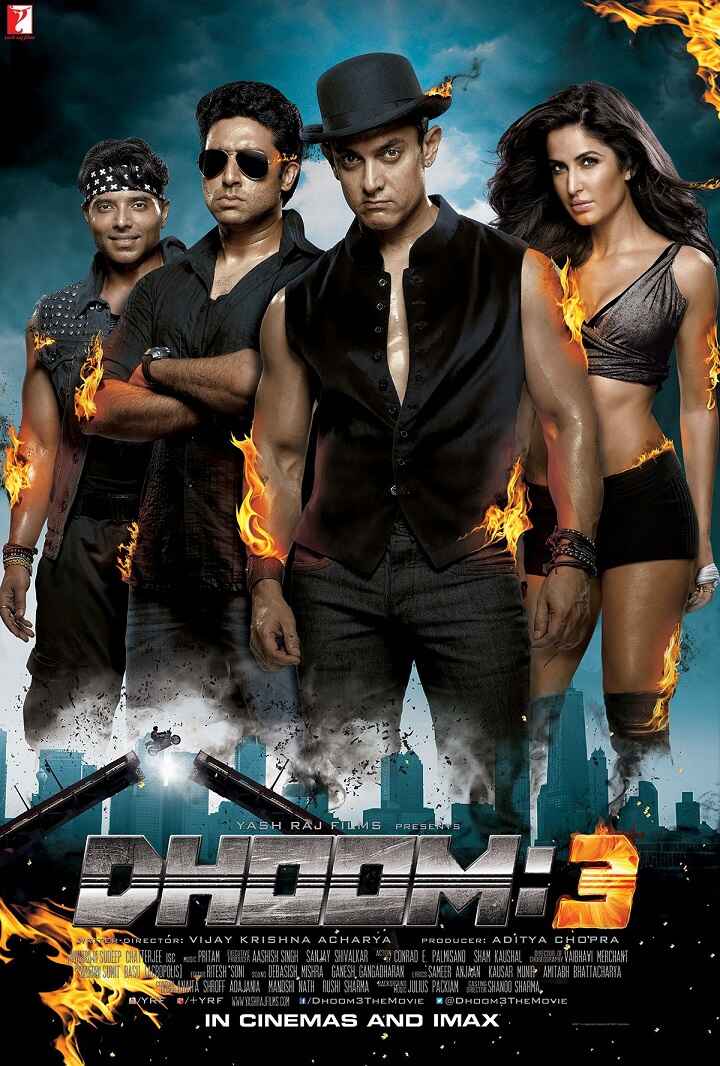
In 2013, when it was released, there were only 3 IMAX screens in India at PVR The Forum Mall (Bangalore), Big Cinemas (Mumbai), and PVR Phoenix Mall (Mumbai).
The ticket prices for Dhoom 3 went up to ₹1,000 in Mumbai. But the audience was happy to pay for it, which showed PVR bringing more of these screens.
Prasads’ 70mm IMAX film projector in Hyderabad was also active during this time, but it couldn’t show Dhoom 3 because there were no physical prints made for Dhoom 3.
Here’s what Yash Chopra had to say about this partnership (via The Hollywood Reporter):
“IMAXhas always symbolized high quality film entertainment and experience and this vision of the company works very well with the ethos of YRF which has been synonymous with Indian film entertainment over the last four decades. We are indeed happy to announce our association with IMAX for the additional release of Dhoom:3 in this exciting format next year.”
-Yash Chopra
Yash Raj Films also had plans to release their ambitious project: ‘PAANI’ in this format, but it got stuck in production limbo.
Baahubali: The Conclusion (2017)
After the massive success of Baahubali (2015), everybody knew the sequel was going for a wider release worldwide. So, IMAX partnered with Arka Media Works to make it the first Telugu movie to be presented in their premium format.
Baahubali 2 was the first time an Indian movie used the 1.90:1 aspect ratio for IMAX screens.
It was shot with Arri Alexa SXT cameras. Here’s how different it looked:
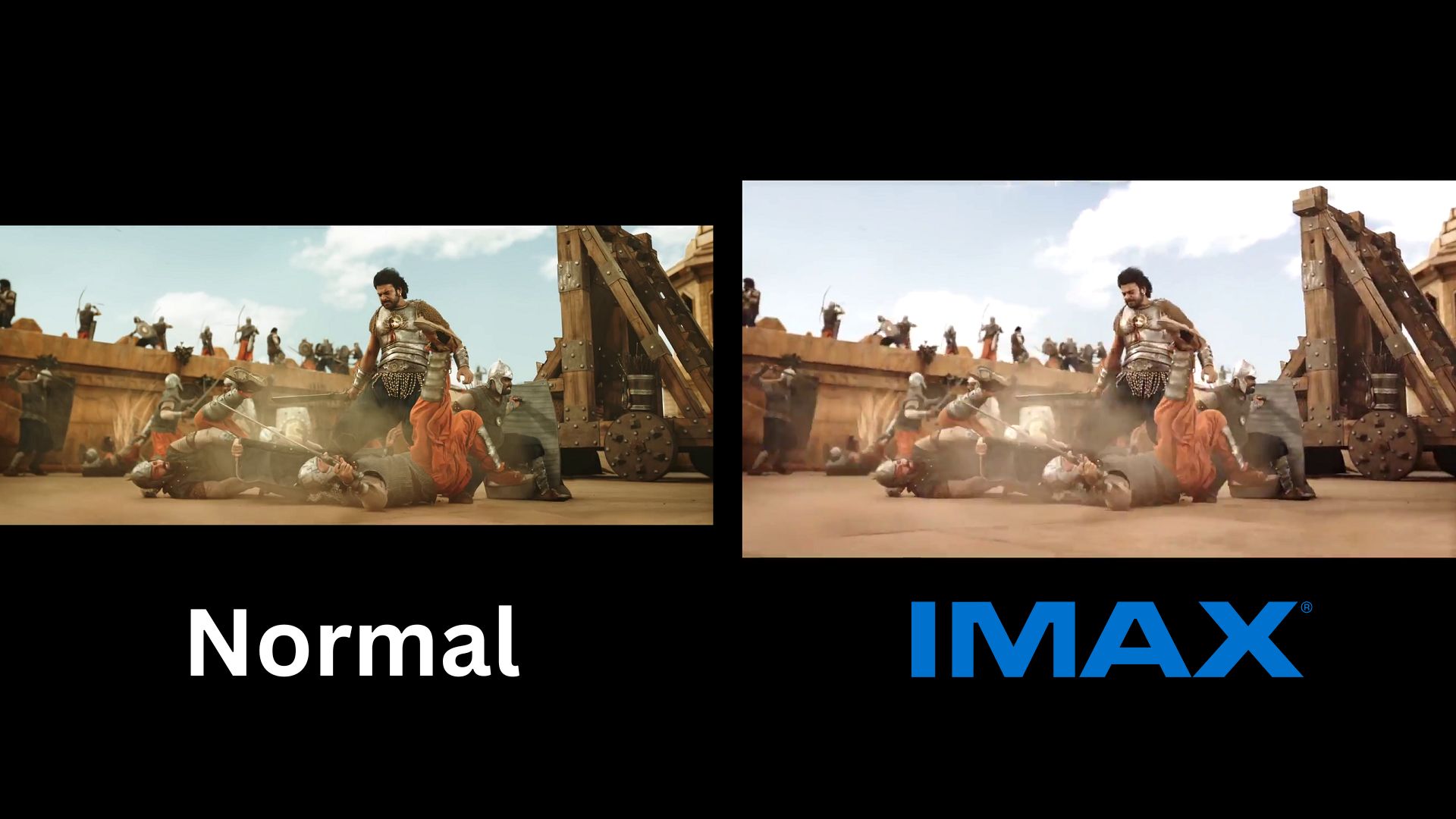
It means that you could have got 26% more footage in IMAX from start to end.
“A major factor for the wide appeal of the Baahubali films is the scale and immersive nature with which we designed and filmed them. So it is very exciting that Baahubali 2: The Conclusion will be released in the IMAX format, which best showcases this and gives the viewer a great experience.”
-SS Rajamouli, Director of Baahubali 1 & 2
Marvel and DC movies are known to use this larger ratio for most of their new films during this period, and SS Rajamouli became the first person to take advantage of this taller screen size for this epic.
The more you learn about Rajamouli, the more impressive his contribution to Indian Cinema becomes.
Fun Fact: At the time of Baahubali: The Beginning, the producers met with IMAX executives. They were asked to shoot it in 1.90:1 aspect ratio, and they did. But later, the negotiations broke and it didn’t get an IMAX release at that time. The 1.90:1 aspect ratio version was only shown at Hyderabad’s PCX screen at that time.
Padmaavat (2018)
Sanjay Leela Bhansali’s Padmaavat became the first Indian movie to have an IMAX 3D release.
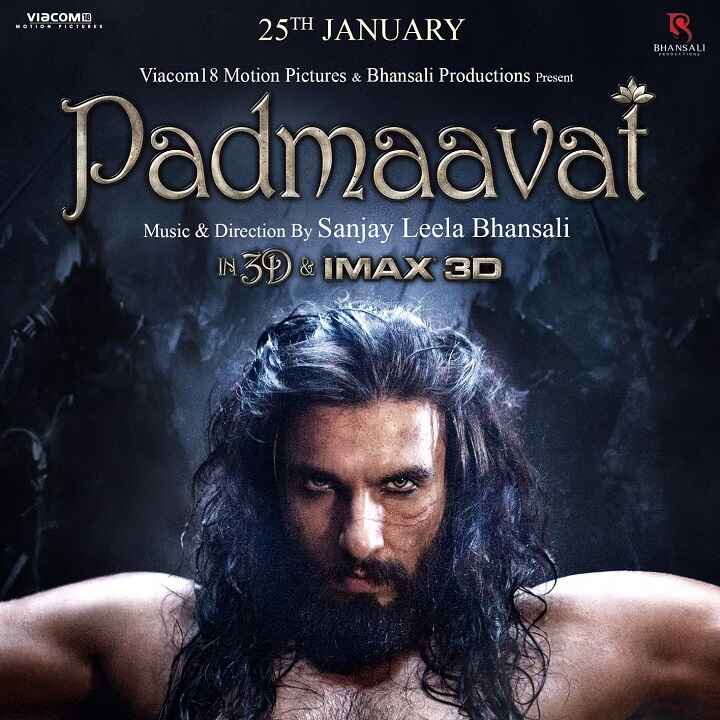
Saaho (2019)
Prabhas and Shraddha Kapoor starrer Saaho was also released in IMAX. The entire film was presented in the 1.90:1 aspect ratio.
Bigil (2019)
Bigil was the first Tamil film to be screened in IMAX.
RRR (2022)
RRR is the first Indian movie to be officially shot with IMAX-certified cameras. It was presented in a 1.90:1 aspect ratio entirely.
Since the film was made in a 1.85:1 open-matte aspect ratio, it was easier to fit on the IMAX screens with a little bit of cropping. Even Prasads PCX got this open-matte version, so they also got full frame. It is also streaming in 1.85:1 AR.
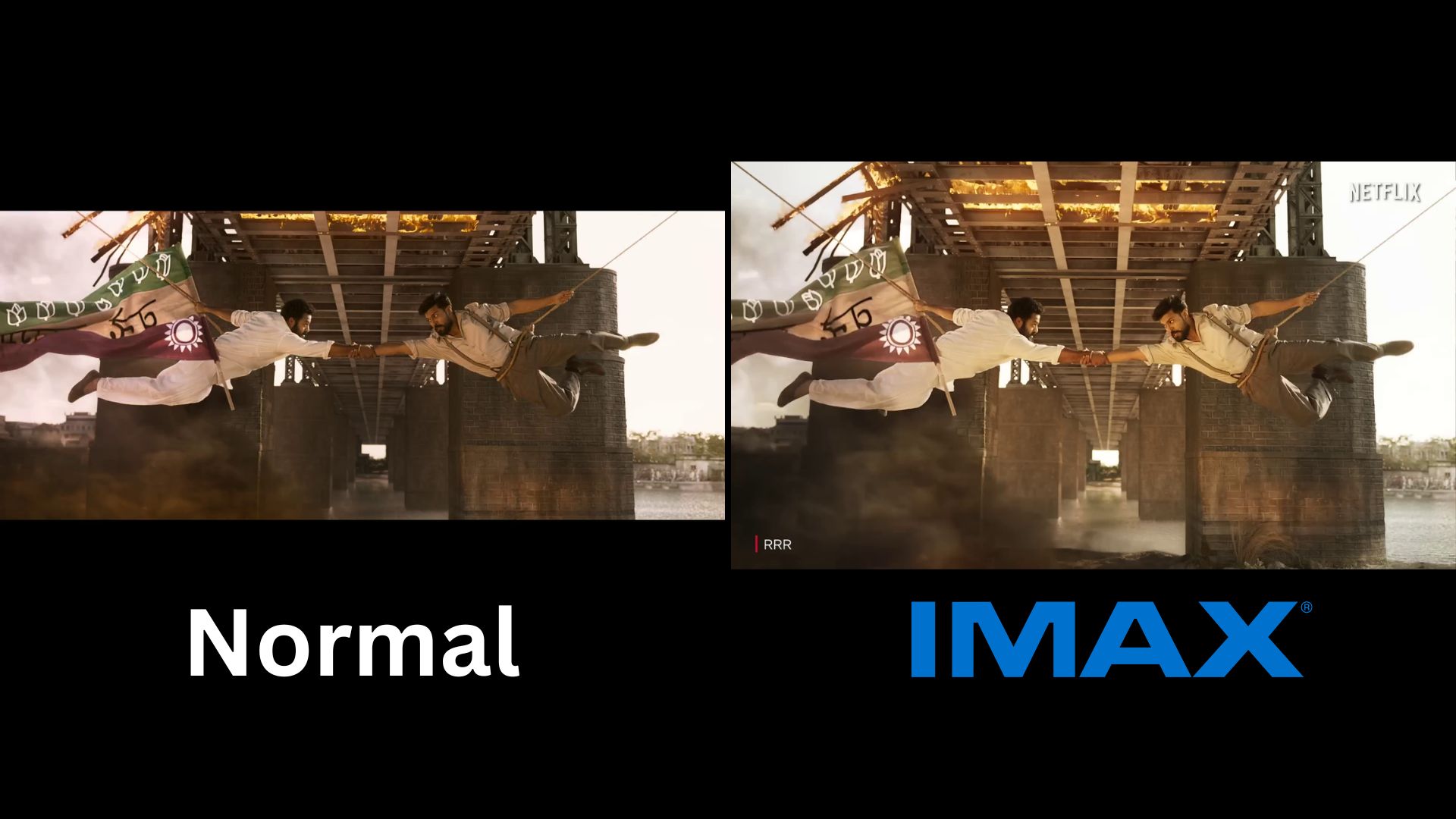
RRR was shot with Arri Alexa LF cameras. These are the same cameras used in Marvel’s Shang-Chi and the Legend of the Ten Rings (2021), Dune (2021), and Thor: Love and Thunder (2022).
RRR released in both IMAX 3D and 2D formats.
K.G.F. Chapter 02 (2022)
‘KGF Chapter 02’ became the first movie from the Kannada industry to get an IMAX release. The movie is remastered using their DMR technology.
Ponniyin Selvan 1 & 2 (2022 & 2023)
Both parts, PS1 and PS2, of Ponniyin Selvan got an IMAX release. They were remastered for a better theatrical experience. However, the aspect ratio didn’t expand for any scene.
Pathaan (2023)
Pathaan will be the first Shah Rukh Khan film to be shown in IMAX. There were rumours that it might have scenes in 1.90:1 AR, but that was ultimately not true.
Pathaan is a spy thriller in the YRF Spy Universe, with Deepika Padukone and John Abraham in supporting roles.
Kalki 2898 AD (2024)
Cinematographer DStojiljkovic used Arri Alexa 65 cameras to shoot Kalki 2898 AD, the same ones used for Avengers: Endgame. He said that the decision to use Alexa 65 was to capture lifelike images for the larger scope at its best.
However, the aspect ratio for Kalki remained 2.39:1 as usual.
Devara Part 1 (2024)
Jr NTR’s Devara was the first Indian movie to use the expanded aspect ratio for only some scenes. Most scenes are in 2.39 AR with some in 1.90:1 AR.
L2: Empuraan (2025)
L2 Empuraan was the first-ever Malayalam movie to get released in IMAX.
Kantara The Legend Chapter 1 (2025)
The aspect ratio for Kantara The Legend Chapter 1 opened to a 1.90:1 Aspect Ratio on IMAX screens for about 30 minutes of scenes.
Note that for many of the South Indian movies from 2024 onwards (Devara, Kantara The Legend Chapter 1), the taller aspect ratio has not been exclusive to IMAX screens. Big screens like PCX Prasads and Epiqs are all getting the full aspect ratio.
Baahubali: The Epic (2025)
Baahubali The Epic will be recut and remastered version of Baahubali by combining best scenes from both parts (The Beginning & The Conclusion). This is happening at the 10 year anniversary of this iconic blockbuster.
Now what makes it more special is that along with the 1.90:1 AR version of Baahubali The Conlusion, you will also get 1.90:1 AR version of Baahubali The Beginning. This will be the first time both film can experienced in their full glory.
Ramayana Part 1 (2026)
At last, I have to mention Ramayana.
Ramayana Part 1 (2026) is officially titled “Filmed for IMAX”. The movie will be entirely presented in 1.90:1 aspect ratio.
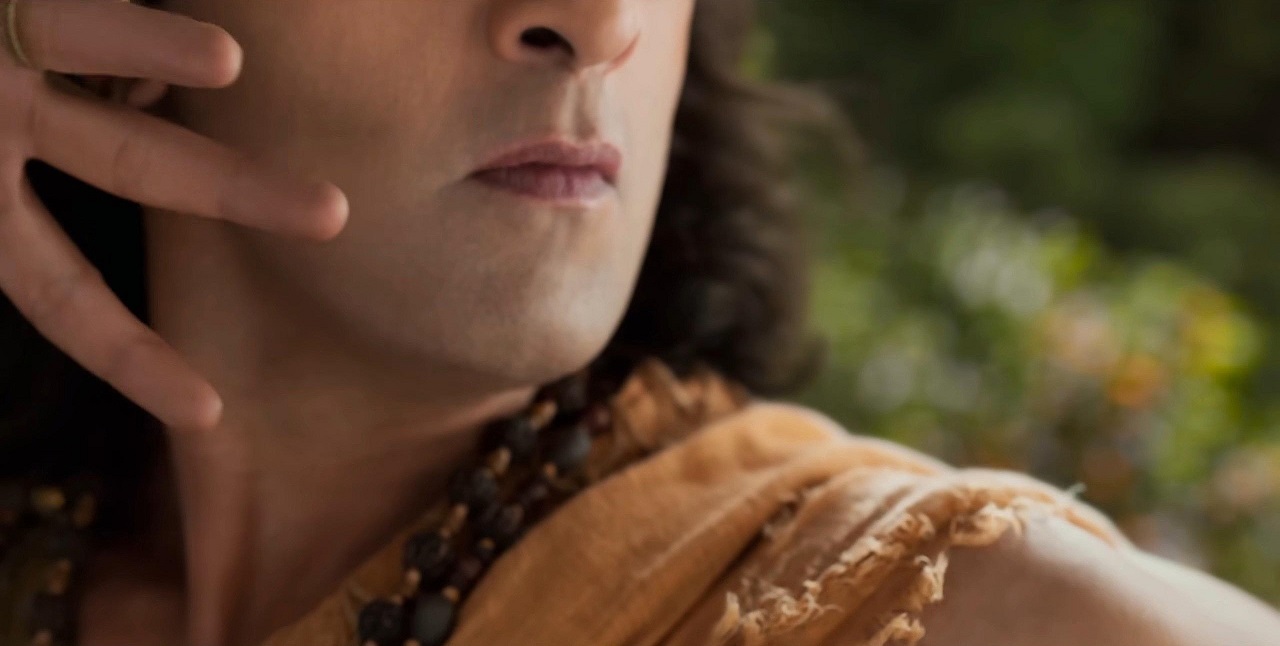
You can confirm from the shots we got in the Introduction teaser.
Nitesh Tiwari’s Ramayana Part 1 premieres on Diwali 2026. Ranbir Kapoor stars as Lord Ram, Sai Pallavi as Sita and Yash as Ravana. It promises grand visuals, high-end VFX (with DNEG involved), and lavish set design aiming for a large-scale mythological spectacle.
The Cancelled India’s First IMAX Movie
Before even Nolan thought of shooting a hollywood movie in IMAX, there was an Indian filmmaker who had the same dream.
Bharat Bala and Kanika Myer, co-founders of Bharatbala Productions, were making ‘Taj Mahal – The Heart of India’ with IMAX cameras in 2002.
The production budget was going to be about $10 million with a runtime of about an hour.
The lead actress was Aishwariya Rai as Mumtaz Mahal. Amitabh Bachchan was also reportedly part of it, with a Hollywood actor in the role of Shah Jahan. AR Rahman was going to be the music composer.
They got permission to shoot inside the Taj Mahal premises, and about 50% of the filming was completed as well.
Here’s a screenshot from its production promo, showing that 1.43:1 aspect ratio captured by those 70mm cameras:
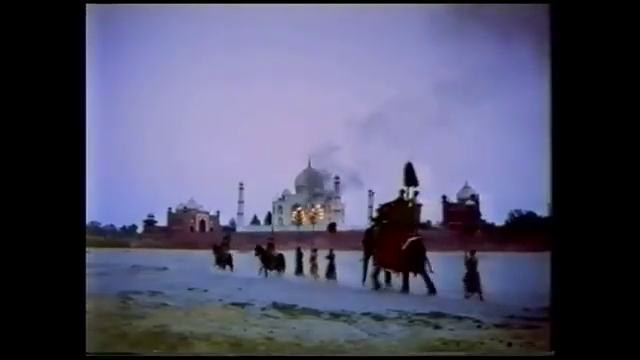
But sadly, some dreams never come true!
Mystic India (2004) in IMAX
There is a movie called Mystic India, produced by BAPS (an International NGO). It is claimed first major 70mm IMAX movie based in India.
Looking at its original trailer in 1.43:1 aspect ratio, this confirms the claim.
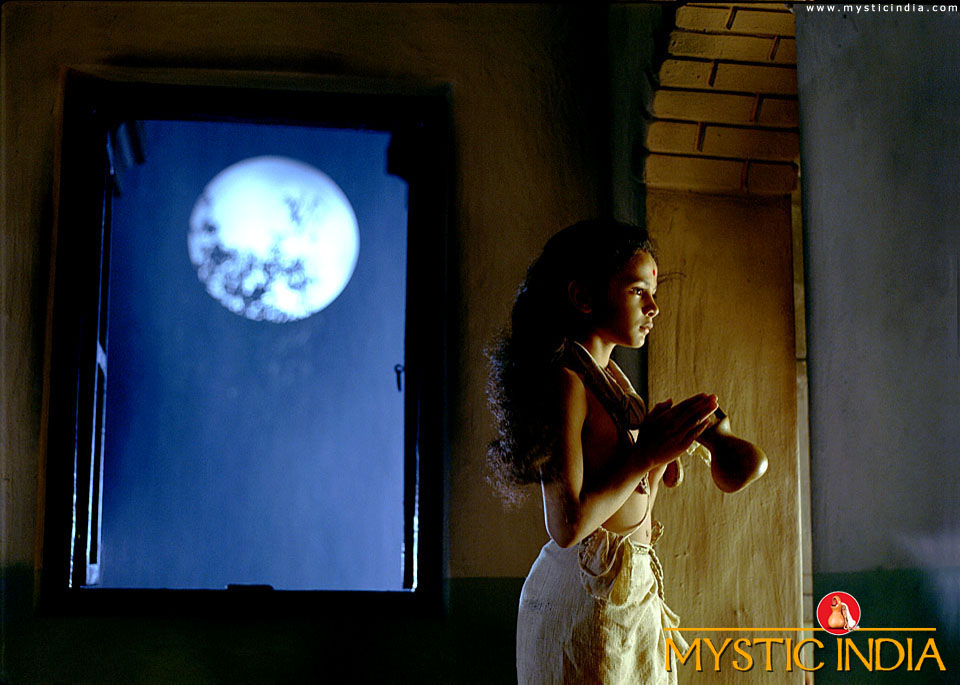
But since it is not a Bollywood or South Indian movie, we can’t call it a proper commercial film.
Mystic India follows the true story of an 11-year-old child yogi named Nilkanth, whose message of “unity in diversity”.
The movie is still screened daily at Akshardham, New Delhi, on their giant screen.
Takeaways
So now you know about all Indian movies that were released in IMAX.
I really hope some big Indian director tries their hand at 70mm film cameras someday. But for that, we need a big GT theatre. Hope that also comes to fruition. There is a lot we can do with this technology, as our movies are now moving towards more VFX-heavy screenplays.
And if you don’t know who I am? I am Ranish Chauhan a.k.a. Fulmino Fan, and I love Marvel & DC Superheroes and Sci-Fi movies. You can also check my YouTube channel for amazing videos in Hindi.
